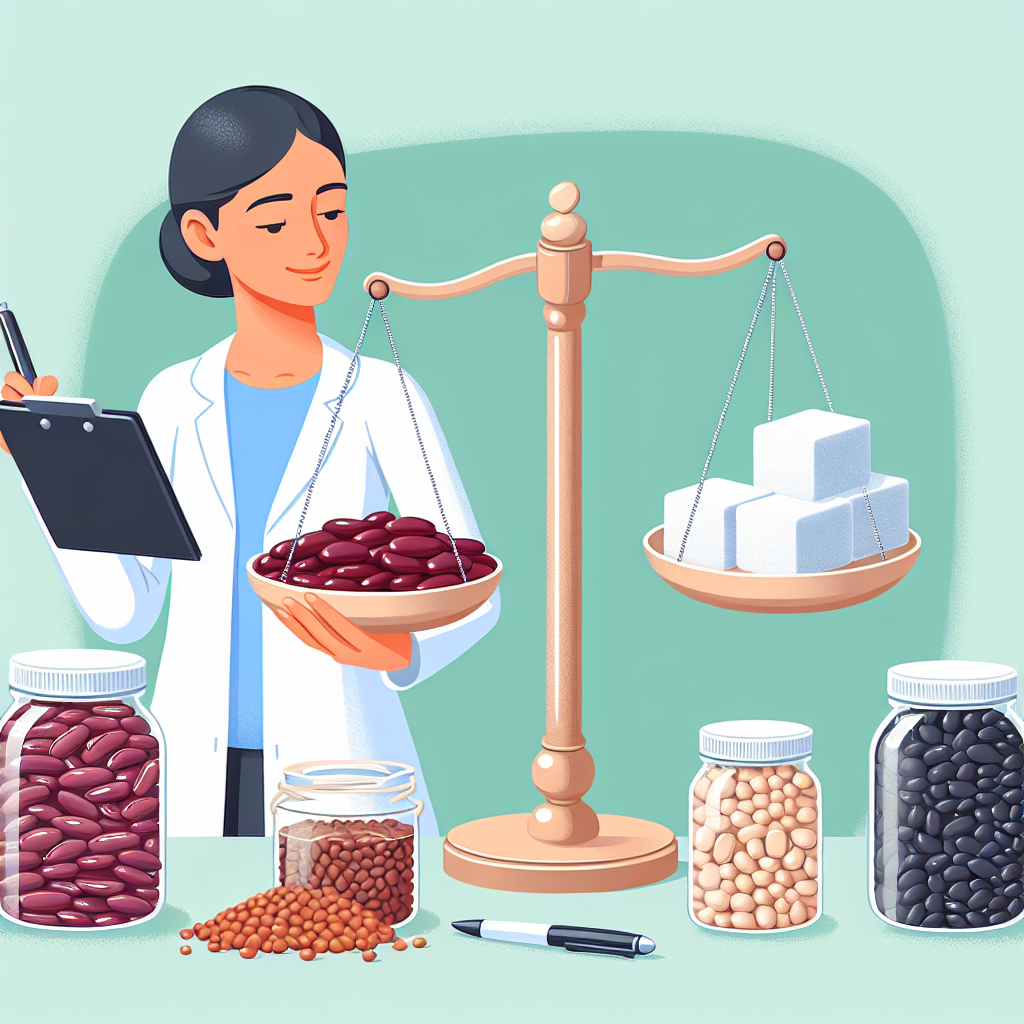Legumes are a nutritious, budget-friendly food that can fit well into a diabetes-friendly eating plan. Including the best beans for diabetics in meals offers fiber, plant protein, and a low-to-moderate glycemic response when prepared and portioned correctly. This article explains which varieties are most helpful, how beans affect blood sugar, and practical tips for incorporating them into balanced meals.
Best bean varieties for people with diabetes
Certain beans are better suited to blood sugar control than others because of their fiber content, resistant starch, and overall carbohydrate composition. Favorites among nutrition experts include black beans, kidney beans, lentils (technically a legume, but often grouped with beans), chickpeas, and navy beans. These options provide steady-release carbohydrates and are high in soluble fiber, which slows glucose absorption.
How beans affect blood sugar
Many people ask, can beans raise blood sugar? The short answer is they can affect blood sugar, but generally less dramatically than refined carbs. Beans have a low to moderate glycemic index and deliver carbohydrates more slowly. Still, portion size matters: eating a very large serving in one sitting may cause a rise. Similarly, does beans raise blood sugar more than other carbohydrate sources depends on what you compare them to—beans are typically a better option than white bread or sugary snacks.
Research shows that regular consumption of legumes can improve glycemic control and insulin sensitivity when part of an overall healthy diet. For practical, evidence-based guidance on how carbohydrates influence blood glucose and how to balance them, see the CDC’s resource on carbohydrates and blood sugar: CDC guidance on carbohydrates and blood sugar.
Top choices and their benefits
- Black beans: High in fiber and anthocyanins; versatile in soups, salads, and bowls.
- Lentils: Very quick to cook (especially red/brown), with excellent protein-to-carb ratios.
- Chickpeas (garbanzo beans): Great roasted as snacks or in hummus; contribute soluble fiber.
- Kidney beans: Hearty in chili and stews; provide sustained energy and satiety.
- Navy and pinto beans: Traditional in many cuisines; provide steady carbohydrate release.
Preparation and portion tips
Will beans raise blood sugar more if canned, refried, or pureed? Processing can change the glycemic response: mashed or pureed beans and refried beans often have higher glycemic impact than whole, intact beans because the physical breakdown increases digestibility. Choose low-sodium canned beans rinsed well, or cook dried beans to preserve texture. Aim for a standard serving of about 1/2 cup cooked beans (roughly 100–120 grams) per meal as a starting point, and pair them with non-starchy vegetables, healthy fats, and protein to blunt glucose spikes.
Combining beans with animal or plant protein and fats—such as fish, chicken, olive oil, or avocado—slows digestion and moderates post-meal blood glucose. If you are exploring concentrated protein sources, consider looking into options tailored for people managing blood sugar; for example, protein powder for diabetics can be a helpful complement when used appropriately.
Meal ideas and swaps
- Swap refried beans for whole black beans in burrito bowls and add plenty of lettuce, salsa, and avocado.
- Add a cup of lentil soup with vegetables as a starter to reduce hunger and carb intake at the main course.
- Use chickpeas in salads and grain bowls instead of croutons or higher-GI grains for better blood sugar control.
Monitoring and personalization
Individual responses vary. If you use glucose monitoring, test before and 1–2 hours after meals to see how different beans and preparations affect you personally. Discuss any major diet changes with your healthcare team—especially if you take medications that lower blood sugar—because improved diet may require medication adjustments.
Quick takeaways
- Most whole beans have a favorable impact on blood sugar compared with refined carbs.
- Portion control and pairing with protein/fat are key to minimizing glucose spikes.
- Processing and pureeing increase glycemic response; prefer whole, intact beans when possible.
FAQ
Q: Can I eat beans every day if I have diabetes?
A: Yes—many people with diabetes benefit from regular bean consumption as part of a balanced eating pattern. Start with moderate portions and monitor your response.
Q: Does beans raise blood sugar more than other protein sources?
A: Beans contain carbohydrates as well as protein; they typically raise blood sugar less than refined carbs but more than pure protein sources like chicken or fish. They’re still a healthy, fiber-rich choice.
Q: Will beans raise blood sugar if mashed or in soups?
A: Pureeing or mashing can increase the glycemic impact compared with whole beans. Soups with whole beans and vegetables are generally preferable to pureed bean dishes for better blood sugar stability.






